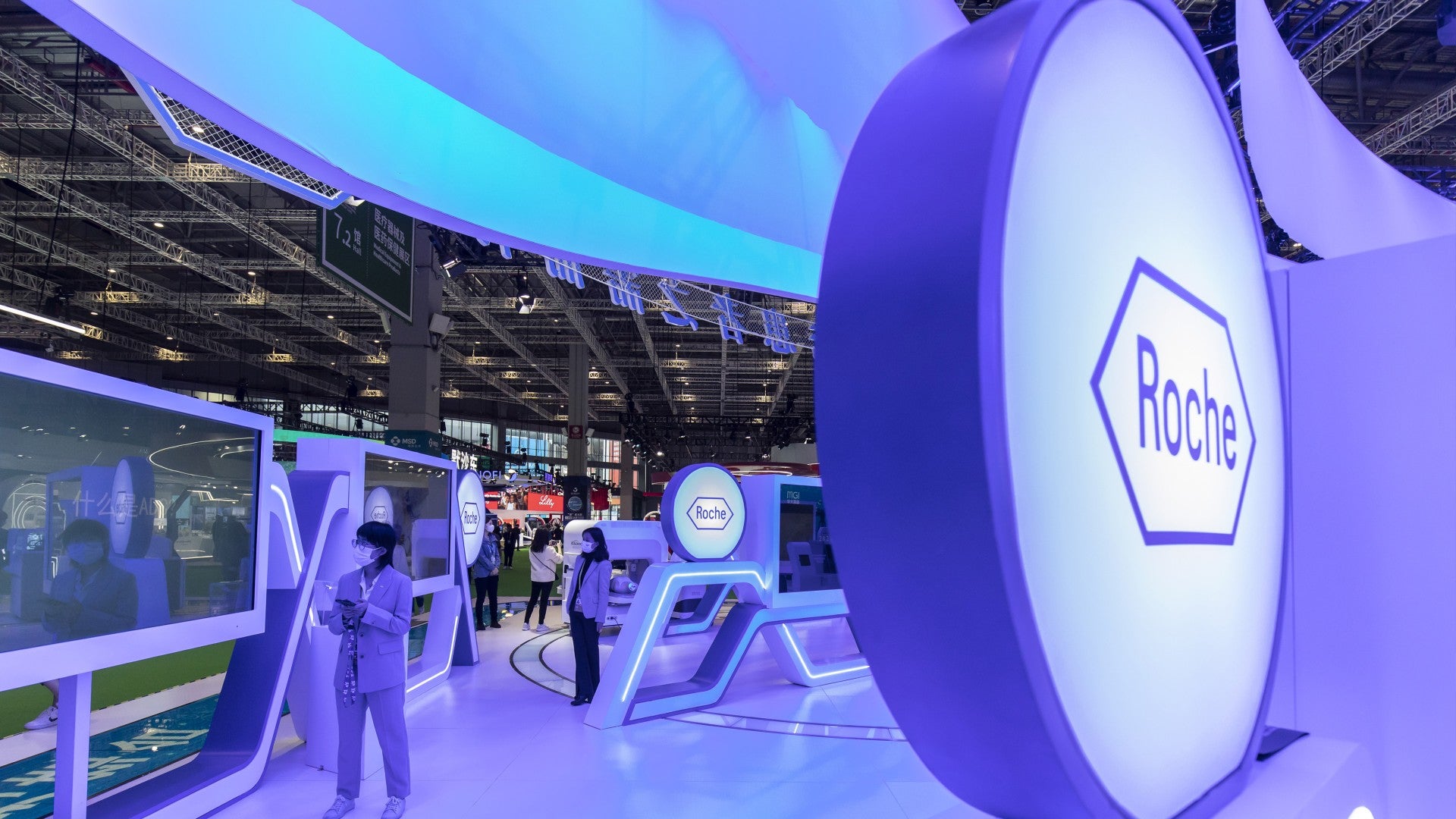
Pharmaceuticals giant Roche reportedly plans to file a new application for subcutaneous oncology drug Tecentriq with the FDA by the end of the year.
The news, ascribed to a company spokesperson by Endpoints News yesterday (12 September), follows the approval of the drug in the UK last month and a tweak to their production method.
Tecentriq is already Roche’s second best-selling oncology drug, and the subcutaneous version has the advantage of being significantly easier to administer, taking a mere seven minutes to the minimum half hour that the current intravenous formulation requires. An FDA approval of the new formula would likely increase sales in the US, boosting the already impressive $2.1bn global revenue in H1 2023.
The drug was initially meant to launch in 2023, but Roche had to update its chemistry, manufacturing and controls activities in line with FDA regulations, slowing the process. A representative for the company told Endpoints that the delay was purely process-based, and has no impact on patient safety. Given that the UK has strict drug approval rules, it seems likely that the tweaked drug will be successful in the US as well.
Roche has partnered with Halozyme Therapeutics to produce the subcutaneous version, the second time it has done this after Ocrevus, a multiple sclerosis drug. Their novel Enhanze drug-delivery system allows for more stable subcutaneous delivery. The FDA approval of that drug earlier this year further suggests that the drug will see success.
Halozyme’s partnership cost Roche $190m in 2017, at the same time as Halozyme was also inking deals with Roche’s competitors, including Bristol-Myers Squibb, whiic is working on a subcutaneous form of its own oncology drug Opdivo.
Our signals coverage is powered by GlobalData’s Thematic Engine, which tags millions of data items across six alternative datasets — patents, jobs, deals, company filings, social media mentions and news — to themes, sectors and companies. These signals enhance our predictive capabilities, helping us to identify the most disruptive threats across each of the sectors we cover and the companies best placed to succeed.
